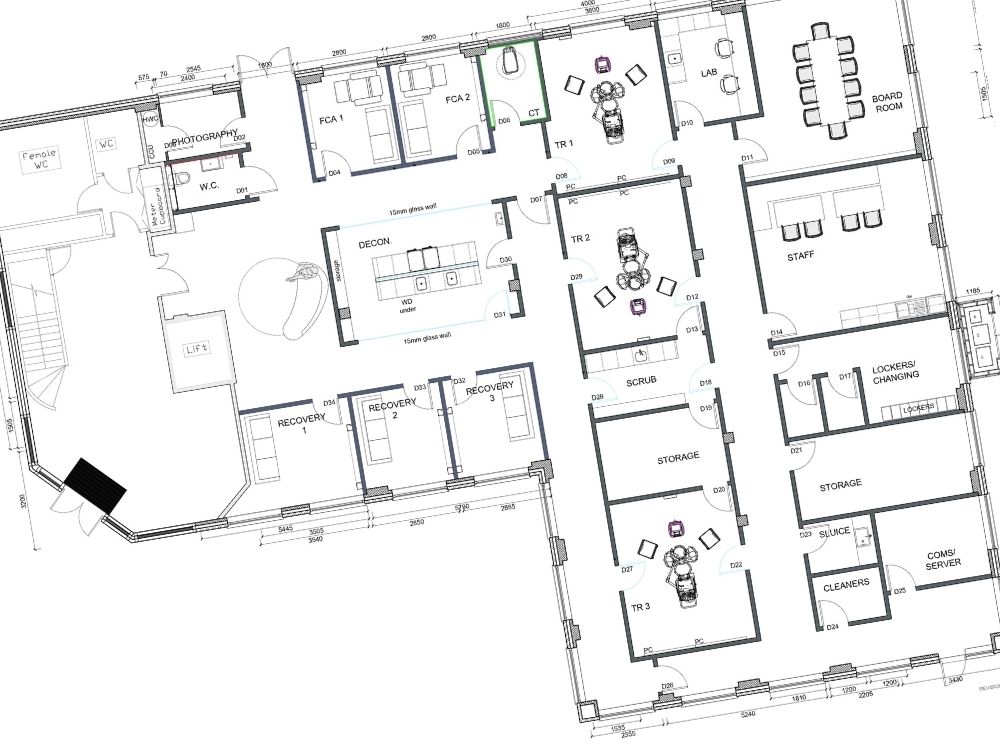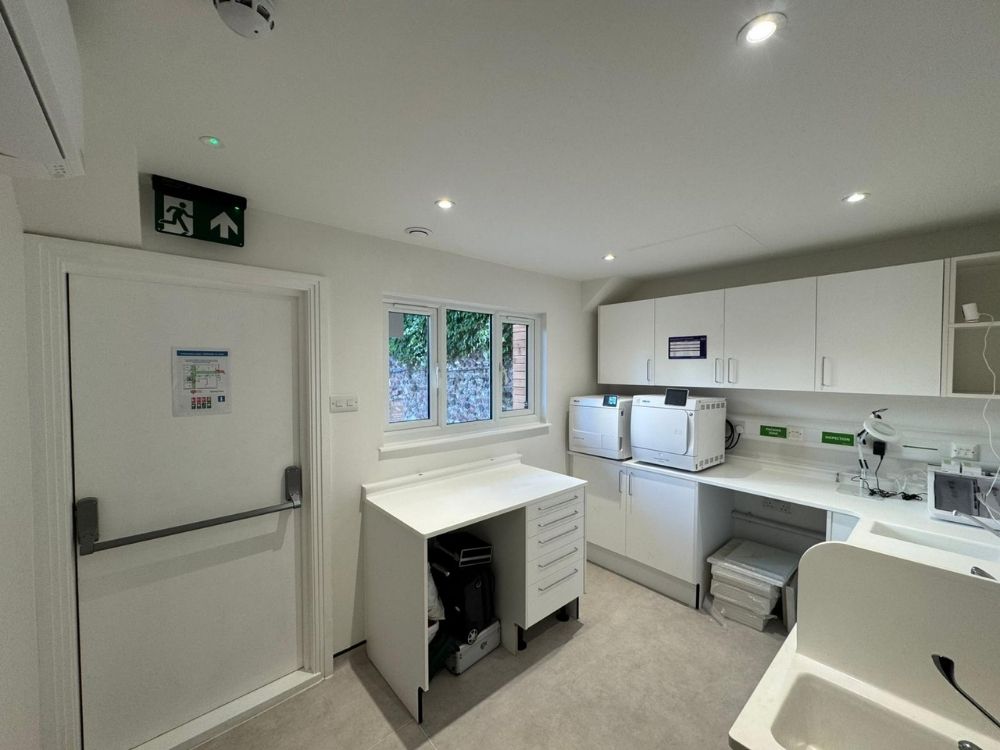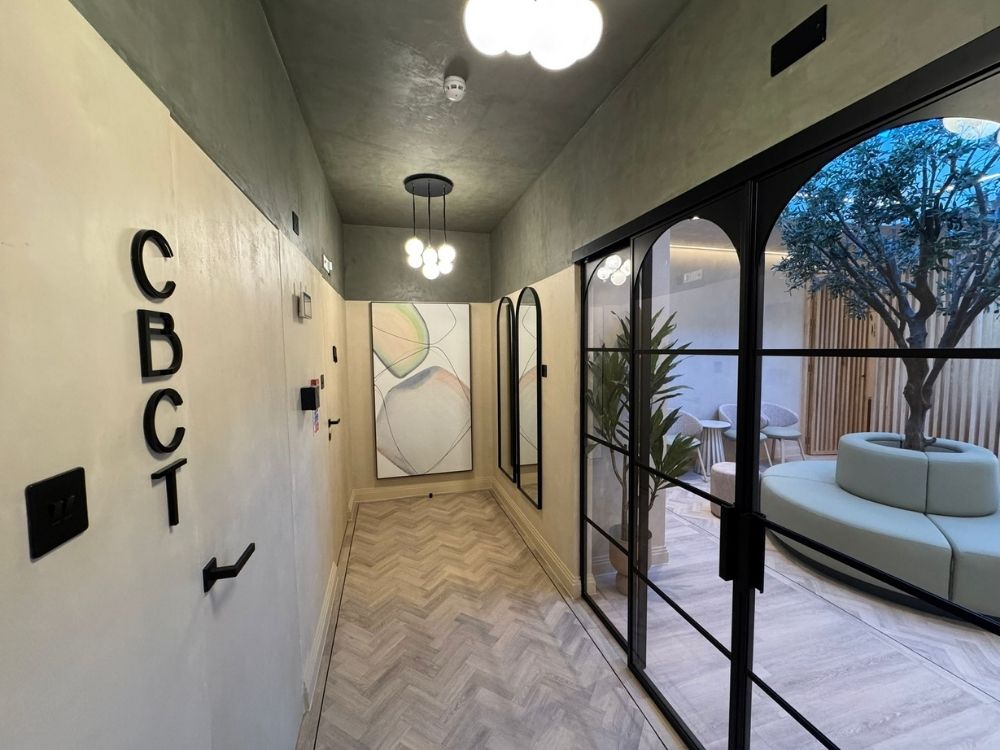Opening a dental practice is a major investment, both financially and professionally. The success of your practice depends on careful planning and thoughtful design that balances compliance, functionality, and patient experience.
In this guide, we’ll walk through the initial planning and conceptual design phases for a new dental practice, covering everything from defining requirements to preparing for CQC registration.
Why the Planning Phase Matters
The early stages of planning set the tone for your entire project.
A well-designed dental practice isn’t just about aesthetics; it’s about creating a space that supports efficient workflows, meets regulatory standards, and provides a comfortable environment for patients and staff alike. Poor planning can lead to costly redesigns, compliance issues, and operational inefficiencies.
Step 1: Define Your Practice Requirements
Start by answering key questions:
- How many surgeries will you need? Consider your current patient base and growth projections.
- Will you include a Local Decontamination Unit (LDU)? This is essential for HTM 01-05 compliance.
- Reception and waiting areas: How many patients will you accommodate at peak times?
- Staff areas: Break rooms, offices, and storage are often overlooked but critical for staff wellbeing.
Document these requirements clearly. They will guide every design decision.
Step 2: Engage a Dental Architect or Design Consultant
Dental practices have unique needs that general architects may not fully understand. A specialist dental architect or consultant ensures:
- Compliance with HTM 01-05 and CQC standards
- Efficient clinical workflows
- Optimal use of space for patient comfort and staff productivity
Their expertise can save you time, money, and stress.
At Excel Building Contractors, we can help you engage with the best design option for your project, be that an architect, architectural designer or interior designer.
Step 3: Conduct a Site Survey and Prepare Dimensional Drawings
Before design work begins, a detailed site survey is essential. Accurate measurements allow for:
- Precise space planning
- Identification of structural limitations
- Early detection of access or compliance issues
This step prevents unwanted and potentially costly surprises later in the build phase.

Step 4: Initial Space Planning and Zoning
Divide your space into clinical and non-clinical zones:
- Clinical: Surgeries, LDU, x-ray rooms
- Non-clinical: Reception, staff areas, storage
Clear zoning supports infection control and patient privacy. It also helps create a logical flow for staff and patients.
Step 5: Ensure HTM 01-05 Compliance
HTM 01-05 sets out best practices for decontamination in dental settings. Your design must allow for:
- One-way sterilisation flow in the LDU
- Separation of dirty and clean processes
- Adequate space for equipment and hand hygiene facilities
Failing to plan for compliance early can lead to expensive redesigns.
Compliance is an area we have bags of experience in. We’ve helped numerous dental professionals build new or refurbished practices which are fully compliant and can help you with the whole process from planning to certification.

Step 6: Consult with Dental Equipment Suppliers
Your equipment choices influence:
- Room dimensions
- Utility requirements (power, plumbing)
- Ergonomic layout for clinicians
Engage suppliers early to confirm chair footprints, cabinetry specs, and integration with your design.
You’ll already know there’s a plethora of dental equipment suppliers out there, all wanting a slice of the pie. We have established professional relationships with most of the UK’s leading dental suppliers and can work with you to ensure you buy the right dental equipment to suit your dentistry needs, those of your staff and patients and your budget.
Step 7: Consult a Compliance Company for CQC Applications
The Care Quality Commission (CQC) registration process is detailed and time-sensitive. A compliance consultant can:
- Guide you through application requirements
- Ensure your design meets all standards
- Help avoid delays in opening
Step 8: Prepare Concept Drawings and Mood Boards
Visualisation is key. Concept drawings and mood boards help you:
- Refine the aesthetic (materials, finishes, colour schemes)
- Balance durability with a welcoming atmosphere
- Communicate your vision to stakeholders and contractors
Step 9: Begin Planning Mechanical and Electrical Requirements
Dental practices rely on specialised systems, including:
- Compressor and suction plant
- X-ray equipment
- Ventilation and air conditioning
Early coordination with engineers ensures compliance with safety standards and prevents costly last-minute changes.

Common Pitfalls to Avoid
- Underestimating space for LDU: Compliance requires adequate zoning.
- Ignoring future growth: Plan for additional surgeries if expansion is likely.
- Late engagement with suppliers: This can lead to layout changes and delays.
Final Thoughts
The conceptual design phase is where vision meets practicality. By engaging the right professionals and planning meticulously, you’ll create a space that’s compliant, efficient, and patient-friendly, setting your practice up for long-term success.
We’d love to help you realise your dream dental practice. If you’re thinking of starting a project, give us a call for a no obligation chat on 020 8820 0853 or email sales@excel-ltd.co.uk

